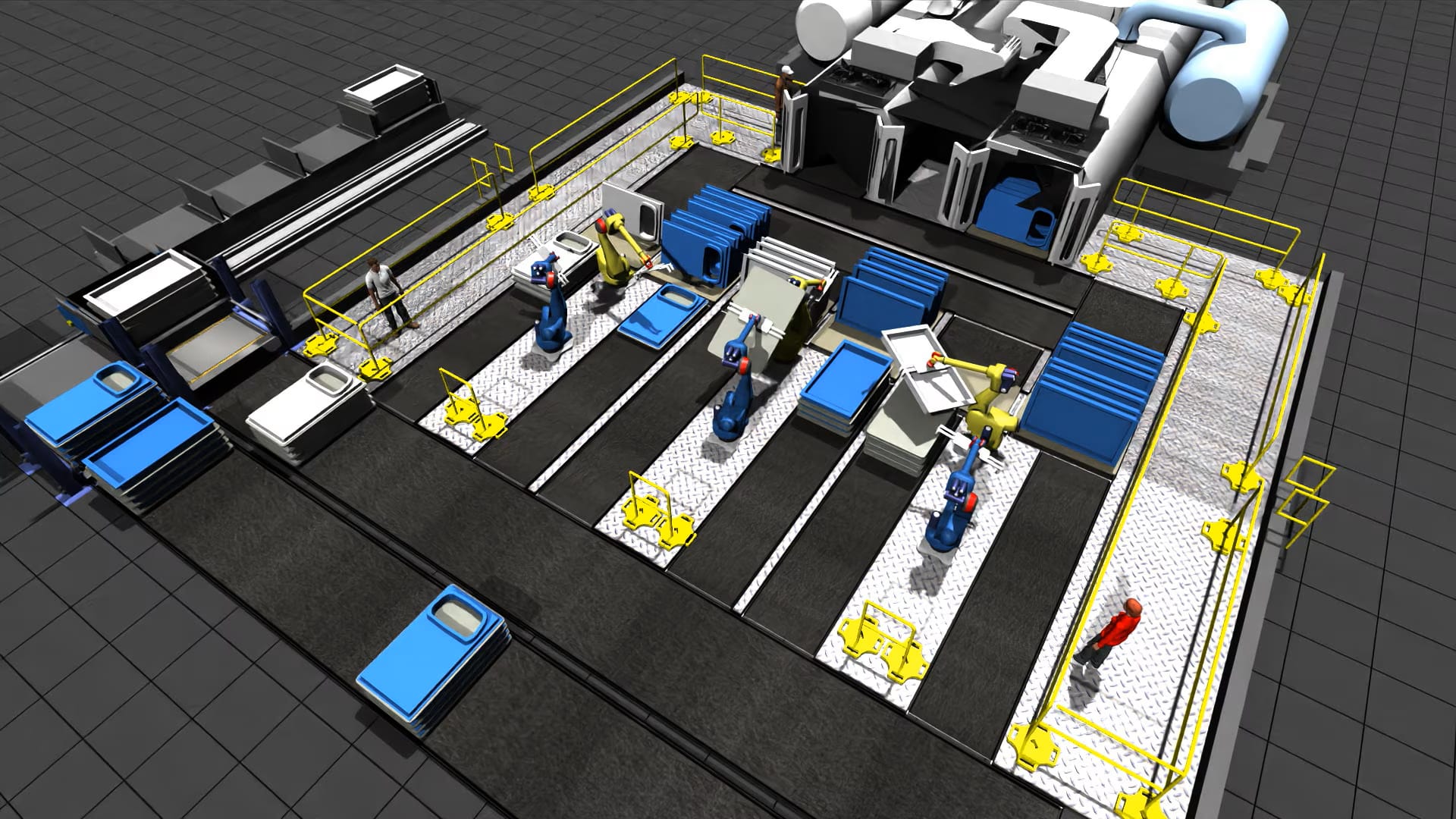Autodesk has released Inventor Nesting Utility Update 2019.3 available from your Autodesk Account or the Autodesk Desktop Application. This update includes both new features and bug fixes for past application issues. For a detailed overview visit the Upgrade 2019.3 release notes.
You can also visit the Nesting Utilities Help files that address these updates by selecting the “Help” icon on the Nesting Ribbon, then enter “2019.3” in the Search box and last select “Product Documentation”.
A very useful addition is the browser based Nest Authoring tool. Select the top-level part name in the Browser then right-click to find the tool.
This tool is most beneficial when working with Inventor and Generic CAD parts. In my IPT example, I have two extrusions. The Nesting Utility could only use one of these features in the nesting process if the provider is Inventor or Inventor Sheet Metal. With this tool you can now easily change the “Providers” to Generic CAD and use both extrusion features. The provider selected is automatically carried over to the nesting process. Another great feature of this tool is the ability to preview the nestable shape by checking the indicated box.
Inside the nesting utility is a new display feature. In the past only the flat 2D display of nested objects was available. The ability to view the 3D Detail is now available. This feature helps the user understand what part features will not be included in the nesting process.
An addition to the Nesting Properties dialog box is the “Pre-Kit” configuration switch. This switch, when activated on two or more parts, was supposed to group them in a compact manner that would be maintained in the nesting pattern no matter what other nesting properties were used for other parts. Unfortunately, even though you will find this feature in the Nesting Properties dialog box and help files, the actual function was not implemented in this update. Look for it in a coming Nesting Utilities update.
A purely cosmetic addition was the addition of a “break line” to the sheet length if the remnant sheet length is 10+ times the length of the total sheet.
Another enhancement is the ability to Generate a 3D Model of a nesting study sheet. By selecting and right-clicking on a nesting study generated sheet and selecting “Create 3D Model” you are presented with many options.
The 3D Model dialog box defaults to various methods of generating an assembly of the nesting study sheet. Also, if using the “Assembly file” type, you can specify where the location for the components of the assembly (we recommended that this location be within the project workspace). The “Multi-body part file” type is still available which was the default method in earlier versions. The ability to include/not include the stock nesting sheet is available for all types of 3D model creation.
Using the assembly file type will give you some editing options which are not available with the multi-body part file type. These include the ability to remove, add and move parts in the nesting layout. Other assembly editing tools are also available such as pattern, move, rotate and mirror.
If your intention is to use the Inventor HSM add-in to create cutting toolpaths, the process of selecting the profiles is a bit different than normal models. The main difference is that the “Select same plane faces” does not work on nesting 3D models.
Each “joined” entity had to be selected manually which can be labor intensive, but this fact can be offset by using different methods such as “pattern” in the CAM environment. Please watch the following short video illustrating the choice of the nested profiles in the creation of laser cutting toolpaths.
The Nesting Utility can include sheet metal bend lines and other sketch entities in the 3D model export to Inventor. If your company is using Inventor HSM (included in the Autodesk Product Design and Manufacturing Collection) to create laser or waterjet cutting layouts, these sketch entities can easily be added as “etched features”. To do this, create a new “Extract Configuration” file using the Extract Configuration Editor located under the Options command located on the Manage tab.
Once in the editor, a right-click on the “DefaultImportConfiguration.cfg” file and selecting “Duplicate” will create a custom extract file. Using the “Edit” icon, make the following changes to the new configuration file.
Once you have saved your changes, make sure you select the new configuration file as the “Active configuration file” in the Options dialog box using the drop-down arrow. These changes are independent of your nesting template.
As you can see, the Nesting Utility will now automatically add the bend lines as sketch entities to all flattened sheet metal parts.
When executing the “Create 3D Model” command, make sure to choose the “Multi-body part file” as the Type and “Include stock” options.
If your sheet metal flat patterns have any cut-outs, you must select all the sketches for those parts in the browser and make them visible. All other flat patterns sketches display automatically. If desired, you can edit the sketches and add any extra entities, even text. If adding text, it is desirable to use a single-line text if available.
Please use the same process as shown in the above video to select and create laser or waterjet CAM toolpaths. Remember to set the first cutting profile to “Etch”.























